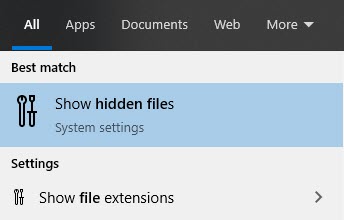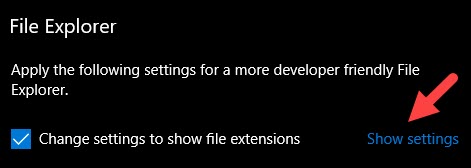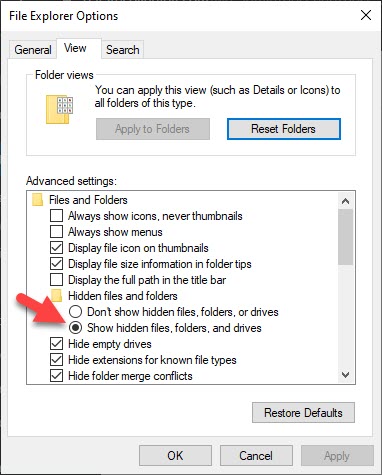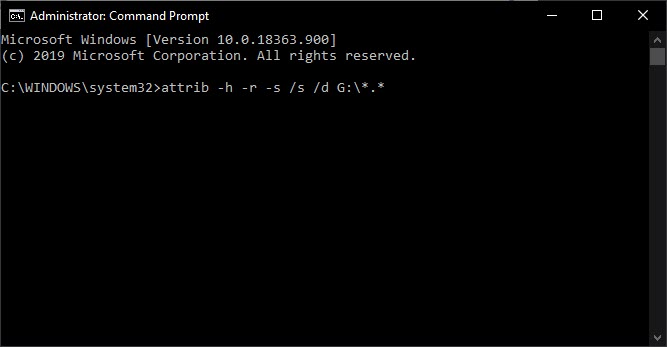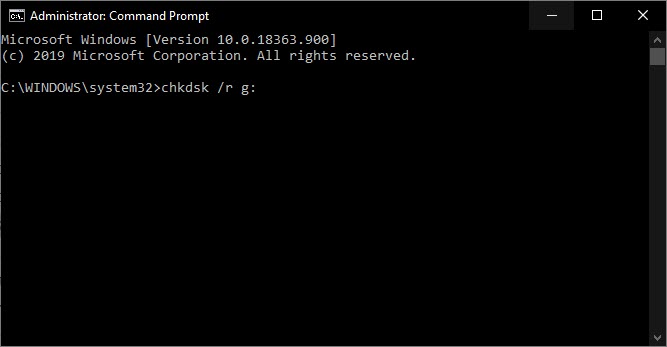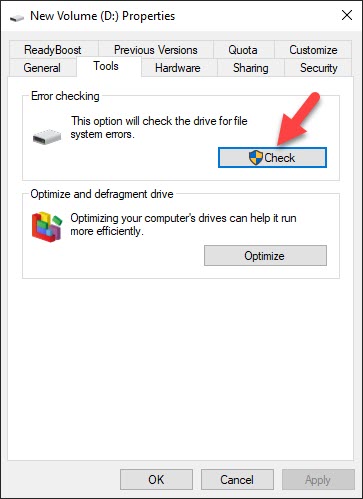
Pen Drives or USB flash drives are used a lot these days. According to Statista, in Germany, there were more than 11.61 million USB flash drives sold in 2021 alone. The ease of use and cheapness in comparison to other types of storage mediums makes it popular. That means, the chance of losing your data from pen drive or USB storage is also very high. We created this article to help you in restoring your lost data from your pen drives.
Why do files disappear from a USB drive?
That’s a good question, indeed. There are multiple answers, and none of them can be taken as definite. Some people experience software corruption, malware infection, or accidental format, while others buy low-quality pen drives and experience hardware malfunction. It could also be that, as our headline suggests, the files are there, but they are hidden and need to be made visible again. We’ll cover all of those issues at once so that everyone can benefit from one or all parts of our article on how to recover hidden files from pen drive, and even permanently deleted ones.
Prerequisites
Before we start, make sure your USB drive is plugged correctly. The metal part, known as the USB connector, should be plugged all the way in. Some of the pen drives support the metal part sliding in and out. It is obvious how you can be tricked to think the connector is plugged while in reality, it retracted back into the shell. Also, we will cover only Windows in this guide, as we feel it would get too long and confusing if we included Mac. But, we’ll surely provide a separate guide for our Mac users at some point.
Methods to recover hidden files from a Pen Drive (USB flash drive)
Here are three ways to unveil files. They achieve the same result, so you are free to choose whichever path you feel most comfortable following.
Method 1. Using Windows File Explorer
- Press your Windows key. Or, open the Start bar.
- Begin typing ‘hidden files’. Choose an option named Show hidden files when it appears.
- Check the option Change settings to show file extensions if it isn’t.
- Click on Show settings.
- If it isn’t already, click to choose the Show hidden files, folders, and drives option.
- Click OK.
- Go to the USB drive and check whether you can see the files now.
Method 2. Using the View Tab
- Open This PC (My Computer).
- Double-click the USB drive to open it.
- Spot the View tab on the top of the window, and click on it.
- A drop-down tab will appear.
- On the right of the tab, there is an option named Hidden items. Make sure it is checked.
- Hidden files should now appear as greyed-out versions of the “normal” files. You might have to close the Windows Explorer and re-open it again.
Method 3. With Command Prompt
- Open This PC/My Computer.
- Take notice of the drive letter of the USB drive and remember it.
- Press Windows + X on your keyboard.
- Once a tab pops up in the bottom left corner, choose Command Prompt (Admin). If you cannot find it, just search “Command Prompt” in the menu, right-click on it and choose “Run as administrator” option.
- Copy attrib -h -r -s /s /d G:\*.* into the Command Prompt. (Replace G with the drive letter of your pen drive).
- Press Enter on the keyboard.
- Go back and check whether files are now visible.
Method 4. With a third-party data recovery software
The final method to recover files from a pen drive is to try a third-party recovery program. Because, files can also be deleted permanently, whether through a malware attack, formatting, and hardware failure. Also, if the pen drive is too corrupted, you might choose to intentionally format the drive, and then use a data recovery program to try and piece things together.
We chose 3 software for two primary reasons. The first two are completely free to use and allow free and unlimited recovery of files. The third is more advanced and thorough, but you can only retrieve up to 2 GB of files before you have to pay for a license. We recommend running the first two, and if the results aren’t satisfactory, running the third.
These programs will allow you to easily recover lost data. The choice is yours, you can use any popular programs out there. The steps to restore pen drive data using different data recovery programs are given below –
Options 1. Piriform Recuva
- Download Piriform Recuva.
- Install and run the software.
- Depending on the files you seek (documents, images, videos, etc.) choose one or more file types to scan for in the top right corner next to Options.
- Make sure to change the drive to the pen drive in the top left corner.
- Once you are ready, click Scan.
- Once the scan is complete, sift through the results. If there is a green circle next to it, it means the recovery process was successful for that file.
- Highlight or mark the files you want to recover. After you are done, pick either Recover Checked… or Recover Highlighted…
- Choose an output folder to save the files.
Option 2. UnDeleteMyFiles Pro
- Download UnDeleteMyFiles Pro.
- Launch the software. Choose the File Rescue option.
- Mark the USB drive from the list.
- Click on Scan in the bottom right corner.
- Wait for the scan to complete. It will report on the total number of files it found.
- Put a checkmark on the files and optionally click on Preview in the top-left corner of the software.
- Once you are ready, simply click Recover to preserve all of the files you put a checkmark on.
Options 3. EaseUS Data Recovery Wizard
- Download EaseUS Data Recovery Wizard.
- Launch the software. You’ll see a list of all the drives and devices connected to your computer.
- Click on the USB drive on the list, and then on Scan.
- The flaw of the software is that you can only filter file types after the scan is complete, so you will have to wait for a while.
- After the scan is complete, the files will be sorted into three categories, Raw Lost Files, Lost Files, and Special Lost Files. You can preview a file by double-clicking on it.
- Mark the files you want to save, and then click on Recover in the bottom right corner.
- Pick an output folder for the files. As mentioned above, you are limited to restoring up to 2 GB of files for free. You will need to buy a Pro version for anything above that limit.
How to fix a corrupted pen drive
If your concern is not data loss, but a corrupted pen drive that is preventing you from accessing the data inside, you can fix it. We are going to use the in-built disk error check on Windows to fix the issue –
Method 1. Using command prompt
- Memorize your USB drive’s drive letter.
- Press Windows + X and choose Command Prompt (Admin) from the tab that pops up.
- Copy chkdsk /r g: into the window. Replace ‘g’ with the drive letter of your pen drive.
- Wait for the scan to finish, restart your computer, then check the files on the drive for any change.
Method 2. Using the GUI
- Open This PC (My Computer).
- Right-click on the USB drive.
- Click on Properties.
- Navigate to the Tools tab.
- Under Error checking, click on Check.
- Wait until the process is complete. Restart your computer.
